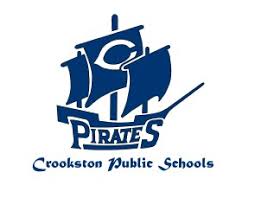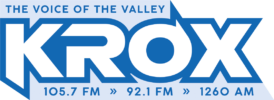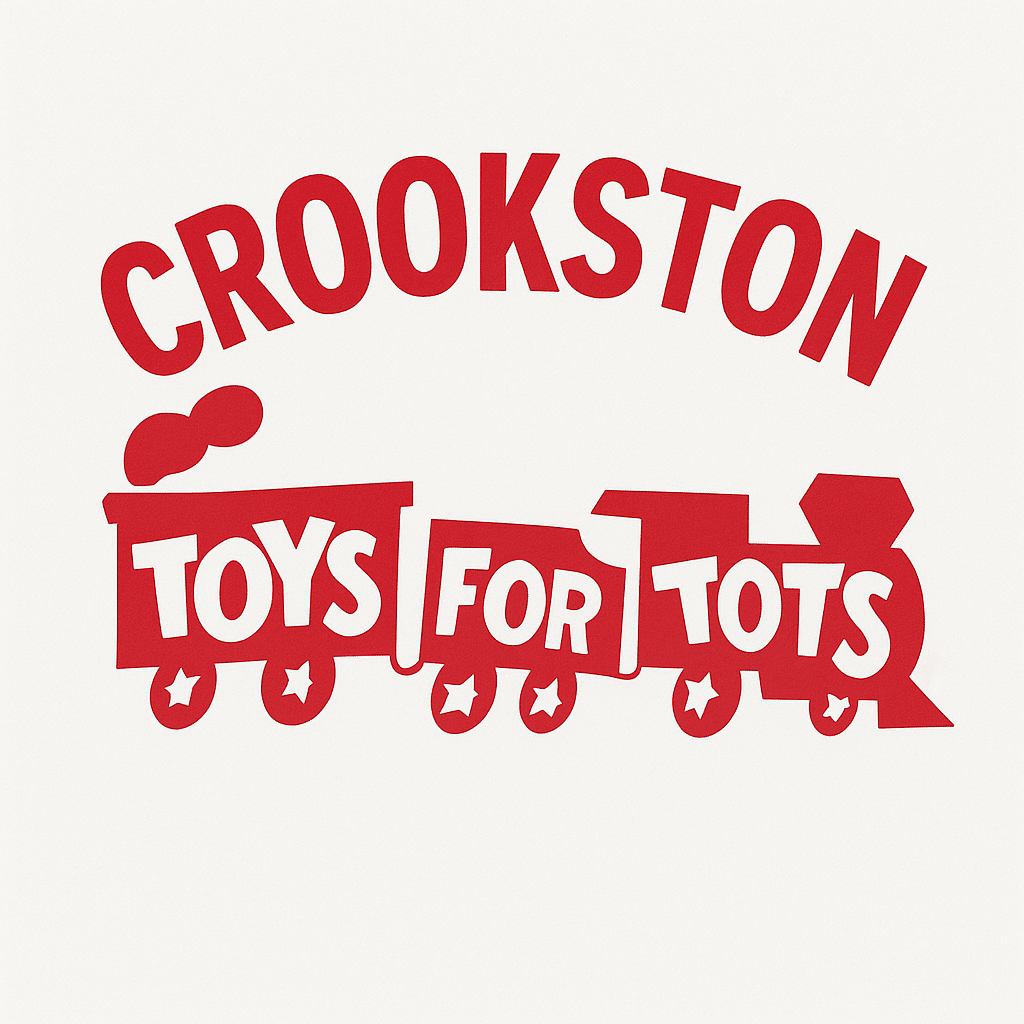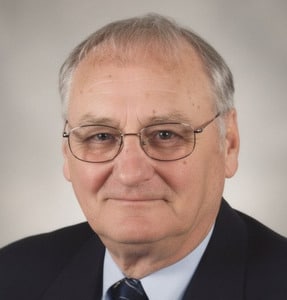The Crookston School District Track and Football Field Complex Committee held its second meeting Wednesday night and reviewed estimated costs on the suggested options during the first meeting earlier in March. The group narrowed down the scope of the project and the consensus is to have the facility north of the high school.
One of the first steps was narrowing the scope to focus on an outdoor athletic complex rather than incorporate other needs. “We went through a discussion of trying to narrow the focus of looking at what it is we’re trying to do here at Crookston while wanting to make sure it’s a good community project,” said Olson. “As we started to look at the projects that came up from the last meeting, there were some projects that we decided weren’t going to fit into this project. Some of that was narrowing the focus down to a track, looking at a football field.”
The first item removed from consideration was a practice gym which several committee members had expressed as a need during the first meeting. Olson also expressed that the numbers were merely estimates. Using an 8-lane track as an example, he said the estimates he received were all in the $500,000-570,000 range except for one contractor who said he thought it could be done for $300,000. Both Andy Oman and Brent Epema among others expressed that the value of the facility was the most important thing and if they came up with something that was the right value for the district and valuable for the community that was more important than the individual costs.
Below are the estimates for the areas the committee identified as being fitting within their desire scope –
| Item | Low Estimate | High Estimate |
| 8-lane track | $300,000 | $570,000 |
| Football Field (Turf) | $750,000 | $1,100,000 |
| Lighting | $125,000 | $400,000 |
| Fencing | $128,000 | $128,000 |
| Grand Stand | $267,000 | $500,000 |
| Ticket Booth | possibly built by | construction trades |
| Bathrooms and concession stand | $400,000 | $800,000 |
| Mechanical/Electric | $105,000 | $105,000 |
| Scoreboard | $25,000 | $50,000+ |
| Total cost | $2,100,000 | $3,653,000 |
“We did some looking at what are we going to do with the press box, restrooms, and location,” said Superintendent Olson. “There was a pretty large consensus to keep the location just north of the high school. We thought that was really important. There was a lot of discussion of turf versus grass field. We’re still walking and working through that process. We’ll be gathering some information on the cost to benefit ratio, the value of turf and the field, of course, and what the value proposition is.”
Choosing the location by the high school potentially limits some other needs for the facility, such as training rooms, locker rooms, and meeting rooms. “We’re always looking at not duplicating,” said Olson. “When we’re talking about being efficient, that’s where the location just north of the high school comes up. To utilize some of the current facilities, we have to alleviate having to build any additional facilities by using the training rooms in the high school, using the locker rooms in the high school, to be more efficient.”
Much of the discussion focused on the playing surface for a football field. During the last meeting, there was a lot of positive discussion about having a turf surface to be attractive as a host for postseason competition throughout the region because of the positive economic impact those events can have on the community. Olson had received turf estimates from a contractor, a school that just put in a new turf field, and the architect from the bus garage who gave him an estimated range of $750,000 to $1.1 million.
Jason Klinnert asked what a grass field cost would be, and Olson said at his last school they had recrowned and seeded a field for approximately $60,000. The high school location would likely need to have significant earthwork to build a base because the current green spaces north of the school retain a substantial amount of water as they are low-lying areas. Olson said there are still many aspects of a playing surface that need to be explored and presented to the committee. “We did not get into all the changes in elevation, the soil sampling; those are things that are going to have to happen down the road,” said Olson. “Our focus was really on looking at the value proposition grass versus turf, looking at a standard grade turf versus premium-grade fall protection. There are a lot of things that still need to be explored if we want to do this right. That was a comment that came up over and over and over again – that we want to do this right, and we want to have strong value.”
Lukas Biermaier asked if a part of that research could be looking at the cost of maintaining a grass field over the life expectancy of a turf field. Additionally, Olson plans to narrow the range on the estimates before the next meeting to provide a more accurate cost estimate. “Our next steps are to look at the difference between a standard and premium surface turf field,” said Olson. “Then, to compare a turf field versus a grass field to bring back some estimates on the long-term to look at a 15-year comparison between a grass field and a turf field. That’s job number one. Job number two is to fine-tune and look at the costs now that we made a scope reduction to get a little bit more accurate cost. Right now, we just have preliminary costs, so we’ll get some more fine-tuned costs on the project moving forward. And then, look at the overall project, how we’re going to roll that out, what does that look like for communication, and making sure that people fully understand what it is we’re looking for, and what we’re looking to accomplish.”




